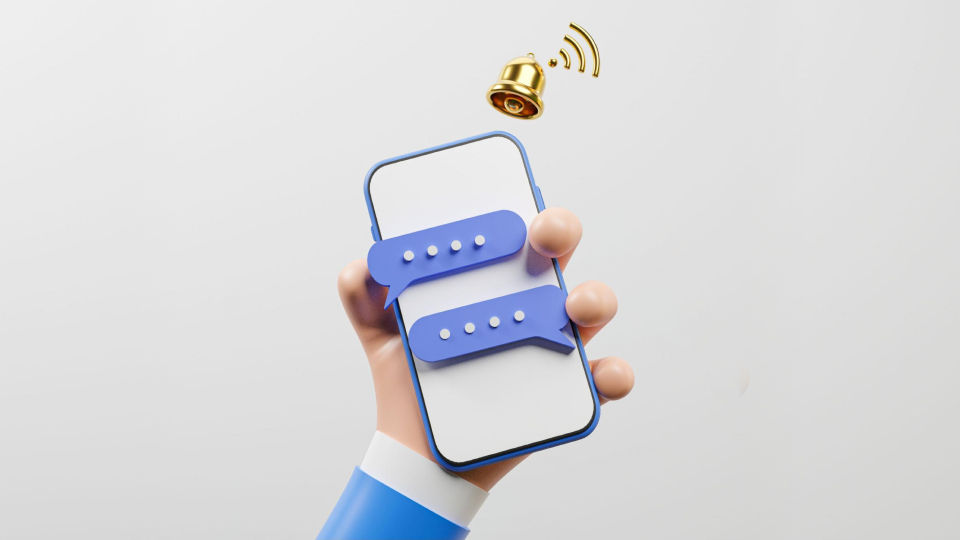- The history of user experience design
- Feng shui: the importance of space (4000 BC)
- The ancient Greeks: ergonomics (500 BC)
- Frederick Winslow Taylor: the quest for workplace efficiency (early 1900s)
- Toyota: the value of human input (1940s)
- Henry Dreyfuss: the art of designing for people (1955)
- Walt Disney: user engagement (1966)
- Xerox, Apple, and the PC era (1970s)
- 1995: Donald Norman invents the term “UX design”
- History in the making (2018 and beyond)
- Revolutionize the digital experience of your customers
- Conclusion
UX design might seem like a very new term that has appeared with the recent rise of IT. But is that true? Where did the real evolution of user experience begin? And how exactly did UX’s history develop?
In this article, we’ll dive into the brief history of UX design and go through the main landmarks. Let’s start!
In this article:
The history of user experience design
The history of UX design as a concept can be traced back to several thousand years BC. It started with the ancient civilizations when people began to notice how their environment, house and item design, and even the way they used their tools could impact their everyday lives, productivity, and satisfaction.
Wondering how our UX/UI design services can unlock the potential of your brand?
Our designer team is ready to help you. Let's turn your vision into an extraordinary digital experience!
Feng shui: the importance of space (4000 BC)
The ancient Chinese philosophy of Feng Shui was used to create optimal, harmonious living spaces. This philosophy regarded everything, including the placement of furniture, spatial arrangement of buildings, and the natural environment, as having an impact on the flow of energy ("Qi") within a space. Actually, they focused on creating the first-ever human-centered design that would be pleasing to the eye, enjoyable, and optimize human well-being.
Modern UX designers strive to do the same, just from different perspectives. In both cases, the end goal is very similar: to create a harmonious and intuitive experience for a user, whether it be a room or an app.
The ancient Greeks: ergonomics (500 BC)
Several millennia later, the ancient Greeks introduced a concept called ergonomics. It focused on designing spaces and tools for ease of use and interaction and laid the foundation for modern-day UI and UX design.
Just as Hippocrates described in detail how a surgeon's workplace should be arranged for optimal efficiency in ancient Greece, a modern UX designer also strives to create interfaces that are intuitive and efficient. By designing user interfaces that take into account the natural behaviors and expectations of users, modern UI/UX designers can create products that are not only aesthetically pleasing but also highly functional and user-friendly.
Thus, the principles of ergonomic design developed by the Greeks have had a profound impact on the history of user experience and the way we create technology today, with human-centered design as the core approach.
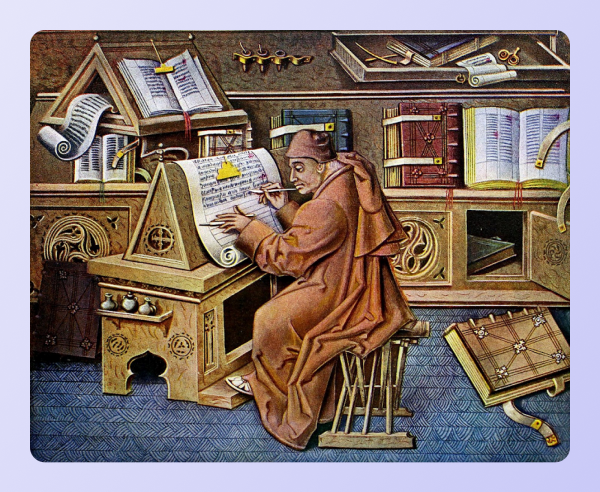
Frederick Winslow Taylor: the quest for workplace efficiency (early 1900s)
Fast-forwarding to the industrial revolution of the early 1900s, we encounter Frederick Winslow Taylor, an American mechanical engineer who strove to optimize human labor and workplace efficiency. Taylor had a significant impact on the history of UX with his famous book, "The Principles of Scientific Management." This work aimed to improve productivity by enhancing worker efficiency through systematic management.
It’s interesting to point out that Taylor's focus on effective management closely aligns with modern-day UX design principles. By prioritizing the relationship between humans and the tools, Taylor was essentially putting usability first.
This emphasis on usability and efficiency is a key UX principle. Today's designers strive to create interfaces that are easy to use and navigate, with a focus on the end user's needs and preferences.
Toyota: the value of human input (1940s)
The history of user experience design continues with Toyota. Kiichiro Toyoda, the company founder, believed machines have limitations and humans are irreplaceable. This led to the creation of the revolutionary Toyota Production System in the 1940s.
This system actively encouraged human input in the workplace at Toyota factories, especially assembly lines. Workers on the assembly line could pull a cord if they had suggestions or feedback that could improve the work process. The Toyota Production System emphasizes the importance of feedback and how valuable human insight can be for improving a person's experience with the technology they are using.
Today's UX designers continue to build on this philosophy. They put the end-user and the way they interact with the product at the forefront of the design process. The impact of Toyota's approach on the history of UX design reminds us that no matter how advanced our technology becomes, it's only valuable if it meets the needs of the people who use it.
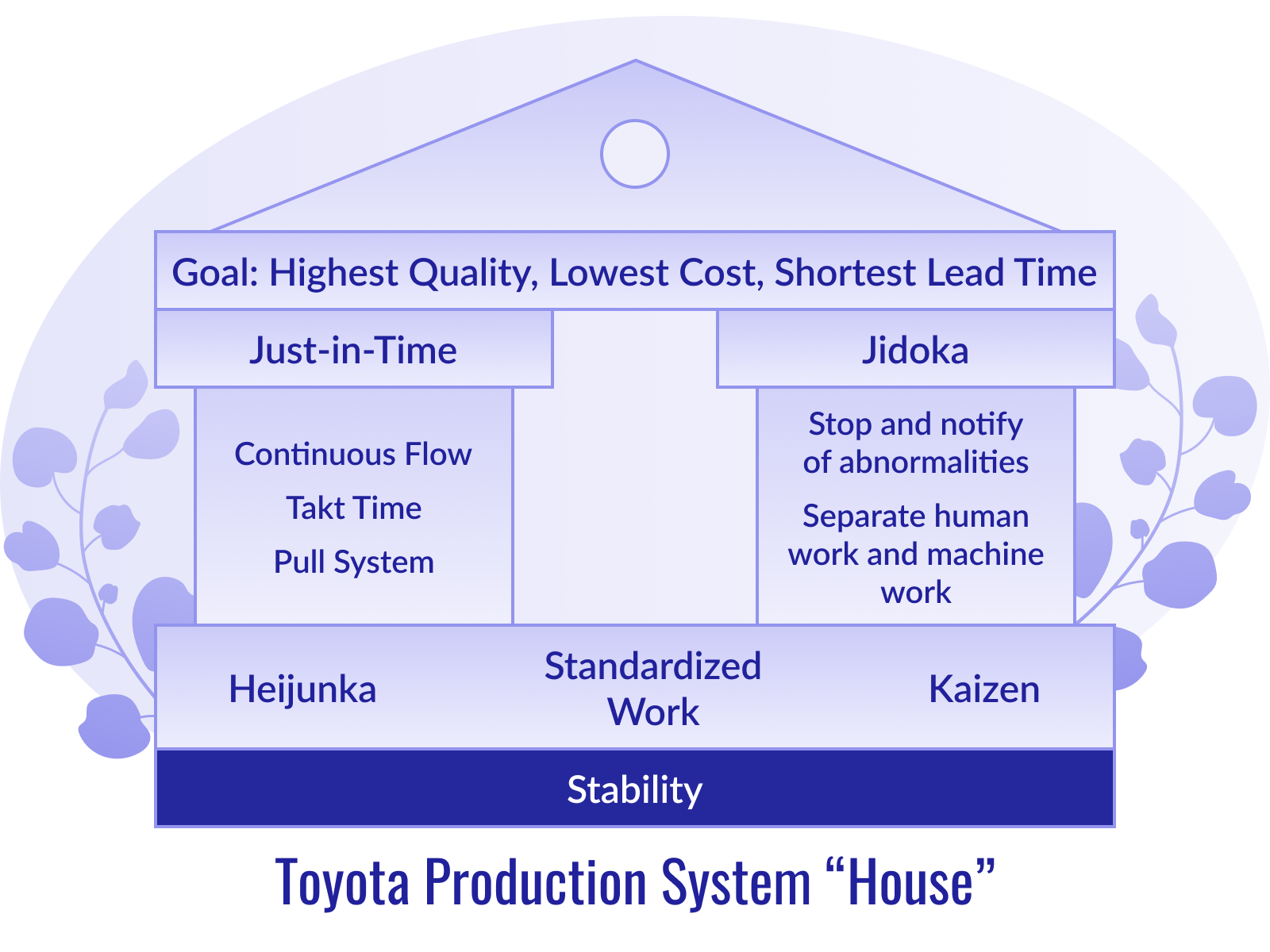
Henry Dreyfuss: the art of designing for people (1955)
In the 1950s, Henry Dreyfuss, an American industrial designer, challenged the prevailing notion that design should be all about aesthetics. In 1955, he published "Designing for People" and contributed to the evolution of user experience. In his book, he presented the idea that good design should be focused on the usability of products, not their appearance.
Dreyfuss is known for designing some of the most iconic products of the 1950s, including the Hoover vacuum cleaner and the tabletop telephone. These products are the reflection of his philosophy.
Today, his ideas still live on in the world of UX professionals, where designers strive to create products that are both aesthetically pleasing and user-friendly.

You may be interested
Everything You Should Know About Creating A Design System For Your Company
Dive into into the process of developing a design system tailored for your company, covering key aspects and considerations.
Read moreWalt Disney: user engagement (1966)
Walt Disney was not a UX designer per se, but his understanding of storytelling and creating an immersive experience for his audience made him a significant figure in the field.
Disney Studios and Disney World are known for one thing—their ability to captivate and engage audiences through the use of ambient design and physical elements like light, sound, and visuals.
Disney always had one aim and that is to make the audiences feel as if they are actually a part of the story they are watching, which was the first huge step towards interaction design. Nowadays, user experience designers continue to draw inspiration from Walt Disney's guiding principles, striving to create digital products and interfaces that engage and captivate users in a similar way.
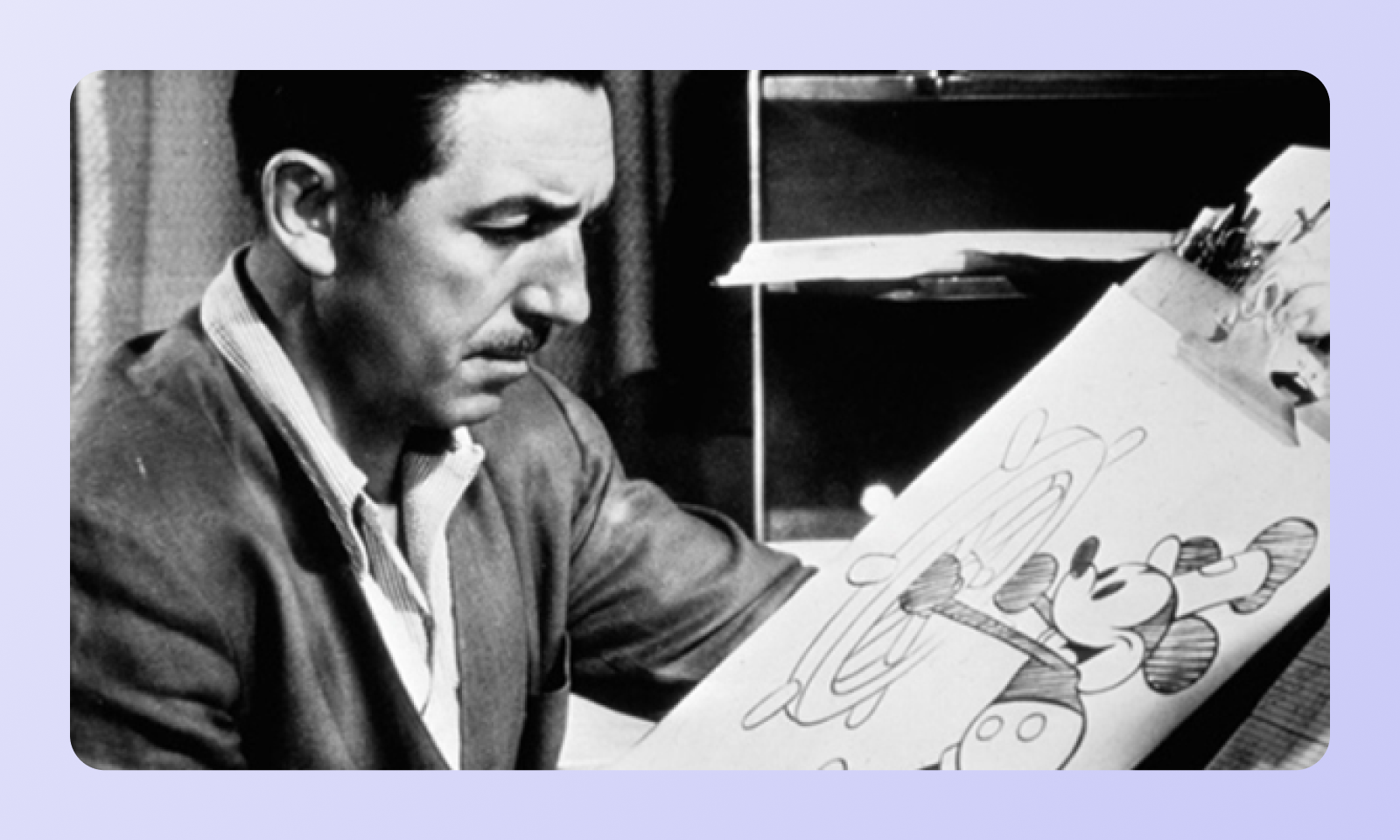
Xerox, Apple, and the PC era (1970s)
The 1970s marked the start of the personal computing era, where tech industries focused on the user experience. Xerox, in particular, made a groundbreaking move by creating the first graphical user interface and mouse input device to simplify human-computer physical interaction.
Apple is another company that played a major role in popularizing the concept of UX design. The Apple Macintosh computer, which was released in 1984, introduced the concept of using a graphical user interface (GUI) to interact with personal computers, which was a significant departure from the text-based interfaces that were common at the time.
This made the computer much more accessible to a wider audience and helped to establish Apple not only as a leader in the personal computer market but as one of the modern pioneers in user experience design.


Thank you for Subscription!
1995: Donald Norman invents the term “UX design”
Donald Norman, a cognitive scientist, joined Apple in the early ‘90s as their User Experience Architect. He was the first person to have the word "UX" in his job title, and nowadays, he is known as the first person to invent the term “user experience design.”
Don Norman is a crucial figure in the history of UX. In 1988, he published his book "The Design of Everyday Things," where he explains UX design, and it changed the way professionals approached creating products and services. In his book, Don Norman emphasized the importance of focusing on the user's experience, customer journey, and how a product feels when it's used rather than just its aesthetics.
Basically, this explains the UX design of today. Modern UX designers continue to focus on user needs and expectations corresponding to customer journey stages, creating products that are both visually appealing and highly relevant.

History in the making (2018 and beyond)
User experience design has evolved tremendously over time, with a shift towards personalized experiences. The rise of design thinking has also played a significant role in the industry as more companies started to prioritize user research and understanding in their product development.
And of course, the development of UX is not over. Today, a UX designer will utilize advanced technologies like predictive analytics, big data, and machine learning to tailor products to users’ needs and preferences even more, and thus, the next chapter of the history of UX design is being created.
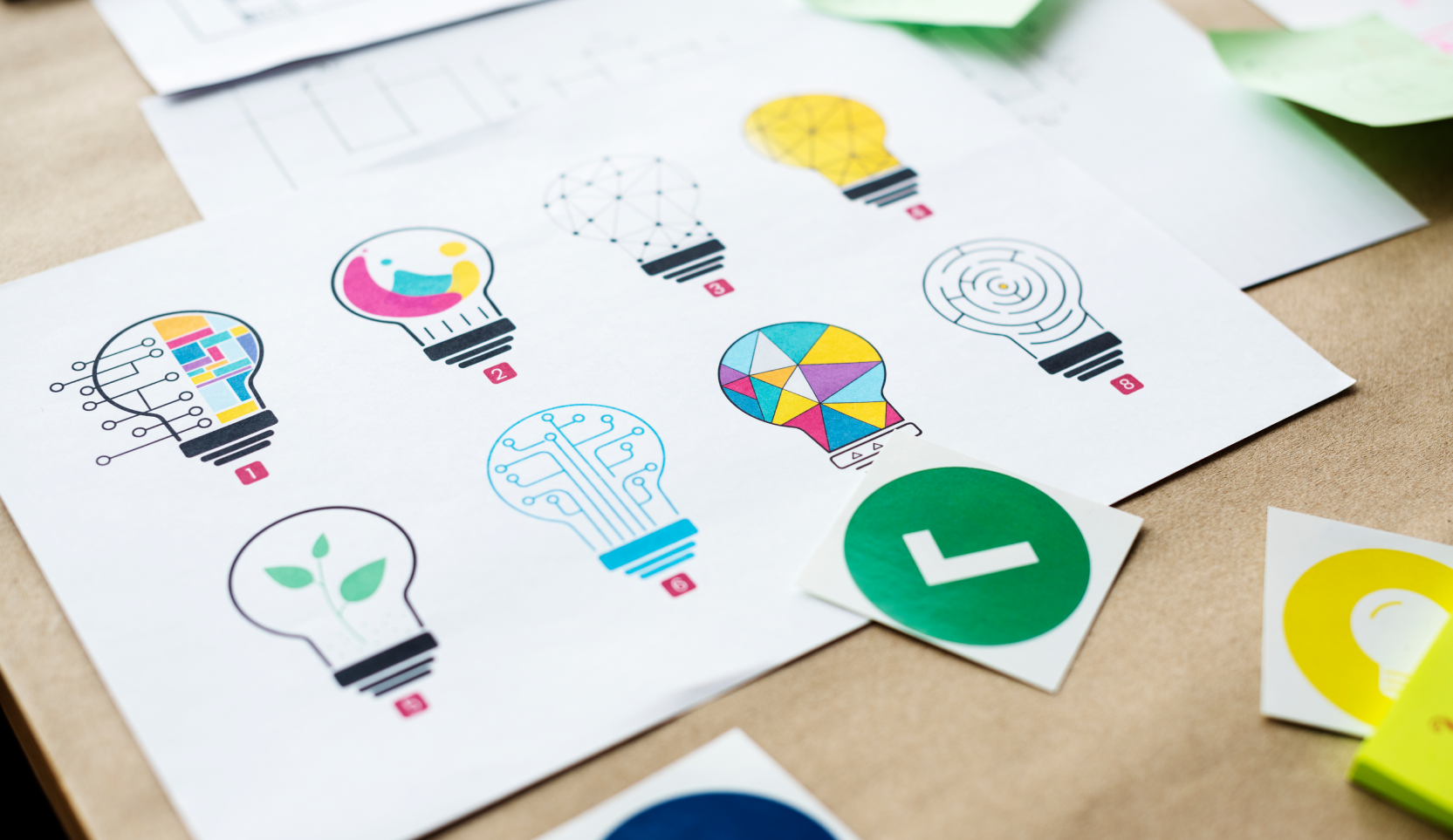
More on the topic
How To Ensure Value-Driven Design In Your Website
Uncover the key strategies and insights to guarantee value-driven design on your website, empowering you to create a user-centric digital experience.
View the whole thingRevolutionize the digital experience of your customers
Building great products that follow the best principles of user experience design requires dedication, design thinking, sharp hard skills, domain expertise, and sincere empathy for end-customer needs. The Geniusee team includes all of that — along with a cutting-edge tech stack and a team that is experienced in design, development, and usability testing.
Here are several products we created with a deep understanding of user behavior that resulted in successful apps:
A custom financial index software with a feature-rich, yet intuitive, interface with high data processing speeds and a high level of security.
A Medtech app that connects health teams with those they care for in a highly-protected, functional, and simple interface that helps users efficiently operate in their fast-paced environment.
A music learning app that empowers musical students and teachers all over the world to find each other for online music coaching. The app has a zero learning curve and is easy to use, even for people who are far from the tech industry.
If you are searching for digital product design services for your company, we’ll be happy to discuss your project together and suggest effective solutions based on our extensive cross-domain experience with a strong emphasis on UX.
Conclusion
The evolution of user experience design started in ancient eras and is still evolving, bringing new insights into the UX field. From the ancient Chinese philosophy of feng shui to the latest research with the use of machine learning and big data, we are evolving in our understanding of how people interact with interfaces, products, and services.
The greatest application of UX is in IT, and today, no serious app or website is created without the proper extensive research and prototyping. This, in turn, means UX is a crucial ingredient that can make or break the whole venture and is definitely worth the most professional approach.





